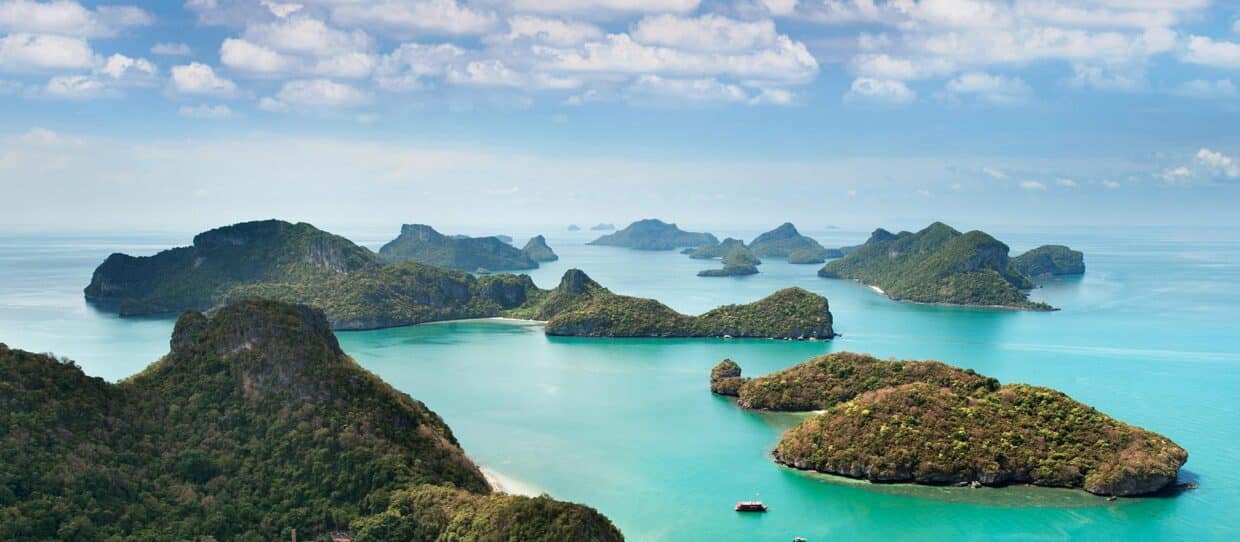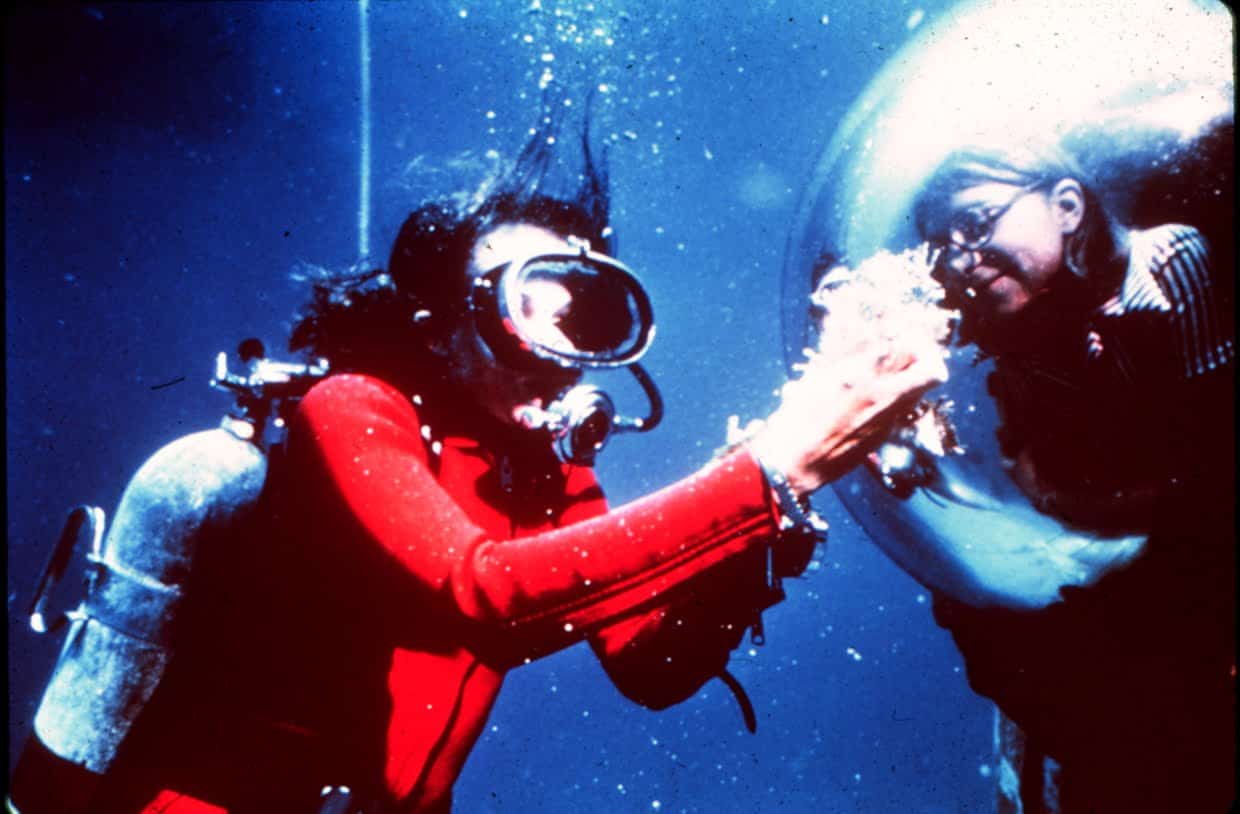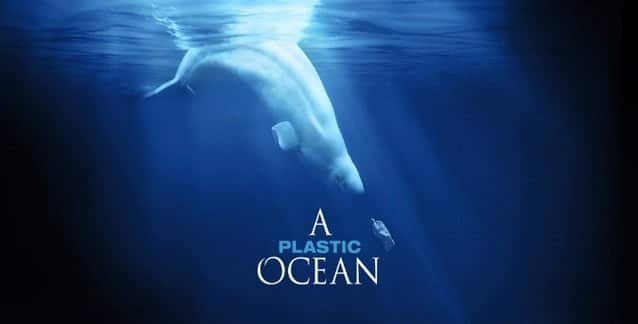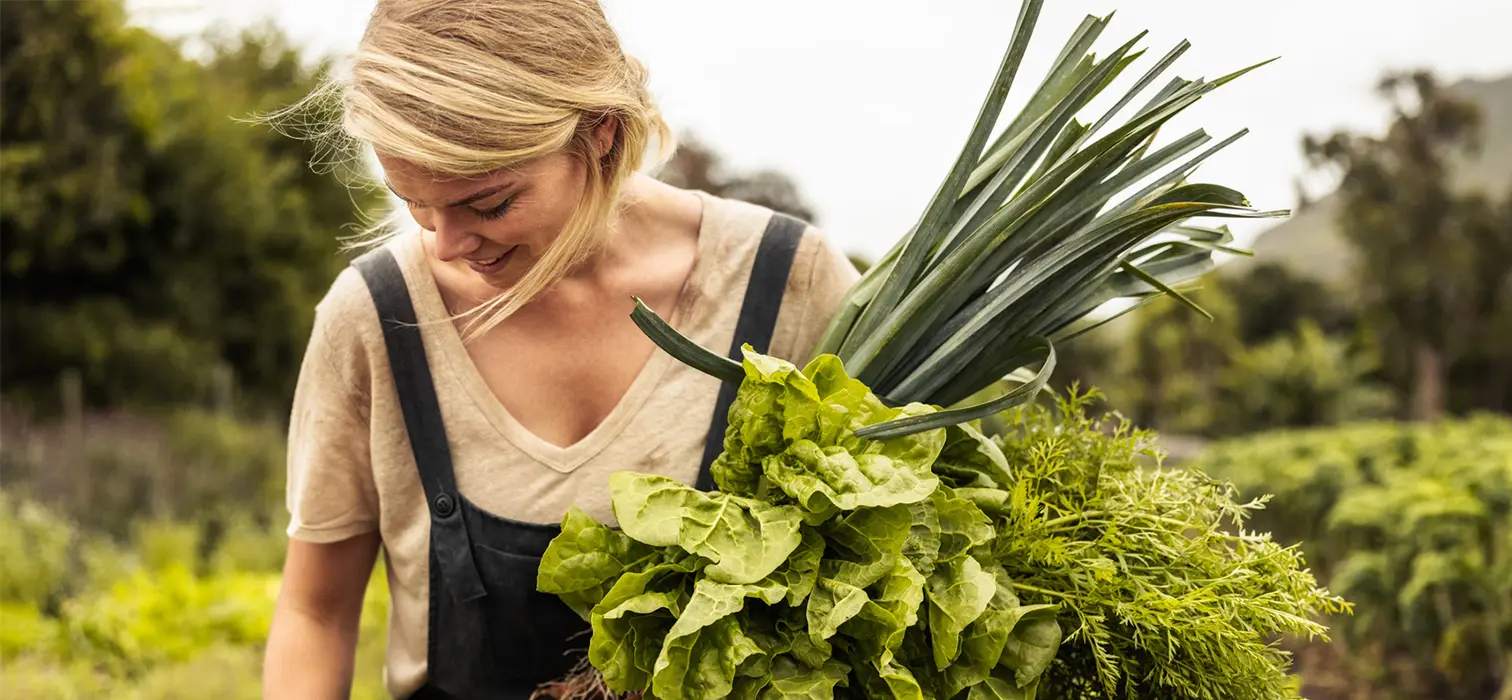
This year’s theme of World Oceans Day is “Life and Livelihood”; as we go through a process that we are now taking steps to not only protect but also save the oceans, we compiled documentaries on this subject, and Sylvia Earle’s life to expand our awareness.
The limitless sea surrounds the world, that is, the ocean. I have always liked the simple version of its definition, which we learned at primary school: the ocean, the largest of the sea. I think that the phonetic of the word reflects this vast and blue waters. Indeed, we can discuss about structure of word or its meaning for hours, but I want to focus on directly to the oceans because today is World Ocean Day. Moreover, Marmara Sea of mucilage remind us once again the importance of our seas and oceans.
In 1992, United Nations Earth Summit made World Ocean Day a current issue to draw attention to the contribution of the oceans to life and wildlife. The oceans are source of our fresh water and produce half of the oxygen that we breathe, furthermore they strongly influence the climate balance of nature. Unfortunately, like many elements of the nature, the oceans are also in danger: global warming, ocean acidifications, pollution, and regions that have lost their vitality negatively affect the oceans and the lives of creatures in there.
This year’s World Ocean Day theme, ‘Ocean: Life and Livelihoods’ reminds me words of American marine biologist Sylvia Earle, “We need to take care of our oceans and act as if our lives depend on them because actually it does.” According to the information compiled by an AA reporter from the studies of the United Nations Environment Program, the Natural Resources Defense Council (NRDC), the Ocean and Climate Platform, as well as academics and news sites broadcasting on the environment: the extinction of corals puts the world in danger of decreasing oxygen, whilst the extinction of living creatures or their migration cause the risk of extinction of fish diversity. In other words, the oceans, which is the main oxygen source of the world, are in the danger.
A Woman from Oceans
Sylvia Earle, who is a marine biologist who has devoted her life to the oceans, is the first name that comes to mind when thinking about the studies on the oceans. Born in 1935, American marine biologist, explorer, oceanographer, author, and academician, Earle was the first female chief scientist of the US National Oceanic and Atmospheric Administration. In 1979, she made an open-ocean JIM suit dive to the sea ocean floor near Oahu, setting a women’s depth record of 381 metres. Earle has countless similar achievements throughout her career, and she has also been a National Geographic Explorer-in-Residence since 1998. In the same year, she was chosen as “The First Hero of The Planet” by Time.

In an interview, the reporter asks to Earle if she has children, she replies, “I have seahorses.” I think, this answer is enough to understand Earle’s relationship with oceans. The Netflix documentary “Blue Mission” is a work that tells both Earle’s life and many other things about oceans.
The Blue Planet
The Blue Planet, first published in 2001, is one of the leading documentaries of this genre with underwater shooting techniques. The series, which was shot in more than 200 different locations, took more than 5 years to complete.

A Plastic Ocean
Another Netflix documentary, A Plastic Ocean tells the story of a filmmaker’s investigation of the environmental effects of pollution, discovering that the oceans brimming with plastic waste. In this adventure documentary, producer Craig, free diver Tanya Streeter, and a team of scientists and researchers dive in 20 different locations to explore the future of the oceans and observe the impact of waste.
What Can We Do for Our Oceans?
We can reduce our carbon footprint and energy consumption that which are one of the main steps we can take in daily life practice. Since discarded plastic somehow ends up in the oceans, reducing plastic usage is another measure to protect the oceans. In addition, we can protest dolphin shows, and jewelry or decorations made from corals and sea turtle shells to protect marine life. The theme of World Oceans Day 2009, “Our Oceans, Our Responsibilities”, is reminds us that we need to take care of our oceans and act as if our lives depend on them because actually it does.



